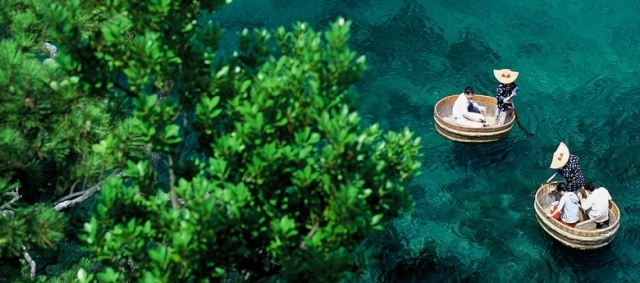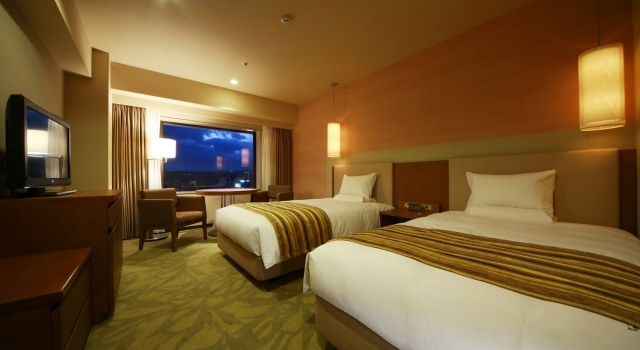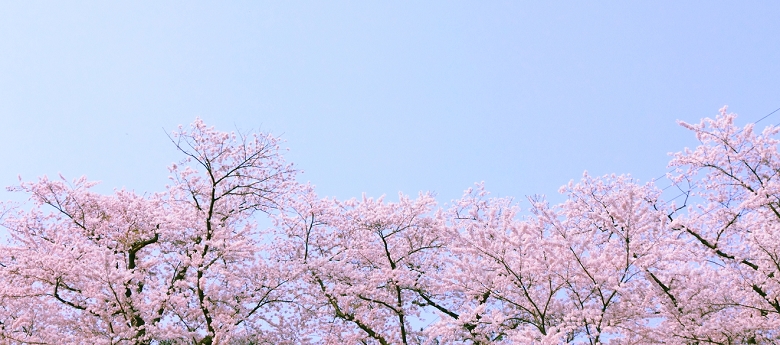
CALL US +65-6507-3900
CALL US +65-6507-3900
SEASONAL TOURS
TOHOKU
FMJ Fly & Drive 8D6N Beauty & Strength of Tohoku II *Fully Booked*
Departure date: 16 Apr, 2018 (Mon) Fly & Drive Tour

Day 00 (Mon, 16 Apr)
Assemble at Singapore Changi Airport for flight to Tokyo.
Day 01 (Tue, 17 Apr)
Singapore – Haneda – Yamagata – Tendo Onsen
(D: -/-/Dinner)
Hotel: Tendo Onsen Yubo Ichiraku (Hot Spring) or similar
(Car pick-up at Yamagata Airport)
To introduce you to the stunning nature and wonderful history is Risshakuji. This is where you will be able to catch stunning views of the mountain valley below and soak in the crisp Spring mountain air…that is, if you are able to survive the 1,015-step climb up the mountain slope. As you reach the upper sections of the temple, the trees become sparse, and instead you are surrounded by beautiful rock ledges weathered over the years. The panoramic town view below greets you, with looming mountains at the back and tiny homes in the middle. After all, the temple’s more common name of ‘Yamadera’, translating to Temple of the Mountain, is definitely not just for show. Before heading to your hotel, you will stop by Takahashi Fruit Land. At this time of the year, you can tuck in to dishes featuring their local organic seasonal fruits and vegetables, especially their fruit-filled parfaits.
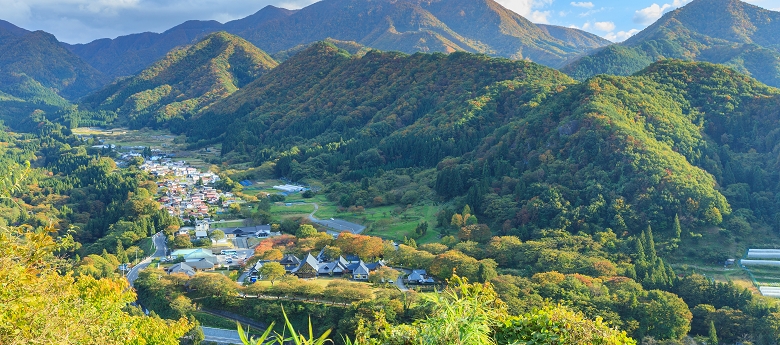
Day 02 (Wed, 18 Apr)
Tendo Onsen – Sendai
(D: Breakfast/-/-)
Hotel: Hotel Metropolitan Sendai or similar
Going on a light hike that brings you right up to a roaring waterfall has to be one of the best way to take in Tohoku’s bountiful nature. Passing the giant torii gate, you will enter a totally different world where tall trees, giant boulders and a rustic temple provide a peaceful environment accentuated by the crisp mountain air. Wooden steps dug into the side of the mountain take you through the woods and then there it is – the Akiu Waterfalls. With the air full of refreshing waterfall mist and thundering roars of the water plummeting 55 meters surrounding you, it is not difficult to understand why this is also considered to be a Power Spot. After your rejuvenating hike, you will take a step back in time as you visit the Mizuno Machiya. Time-burnished wooden merchant houses tell their tales of a Japan in the feudal era and have been cleverly converted into shops carrying intricate local crafts, hand-painted candles and lacquerware. Get your cameras ready for the famous view of “a thousand cherry trees at a glance” and the snow-capped peaks of the Zao Mountain Range at the Funaoka Castle Ruins. Your slope car ride through the beautiful tunnel of cherry blossoms will culminate in the breathtaking view from the top of the mountain and a sea of precious pink blossoms below.

Day 03 (Thu, 19 Apr)
Sendai – Minami Sanriku
(D: B/-/D)
Hotel: Minami Sanriku Hotel Kanyo (Hot Spring) or similar
In a region where stunning views of scenery rivals its palpable sense of tradition, Matsushima has to be one of the best places to begin your tour. Presenting its own panoramic views across the Matsushima Bay, this is where you can find over 260 pine-crusted islands scattered in the deep blue waters, which is ranked as one of Japan’s top three most beautiful sights along with Amanohashidate in Kyoto and Hiroshima’s Miyajima. For lunch today, you will definitely need to try the Minamisanriku Kirakira Don. This simple but unforgettably delicious dish is made up of a bed of fragrant rice covered by spring vegetables and some of the freshest seafood you will be able to find. Aside from enjoying beautiful scenery and tucking into sumptuous cuisine, a journey is made more meaningful when you join the locals to see the world through their eyes. The Storytelling Bus Tour from Minamisanriku Hotel Kanyo, led by local survivors of the March 11 tsunami, will bring you through their town that was devastated by the natural disaster. This emotional experience will take you into accounts of human bravery, the triumph of the human spirit and ignite the desire to rebuild this beautiful region.
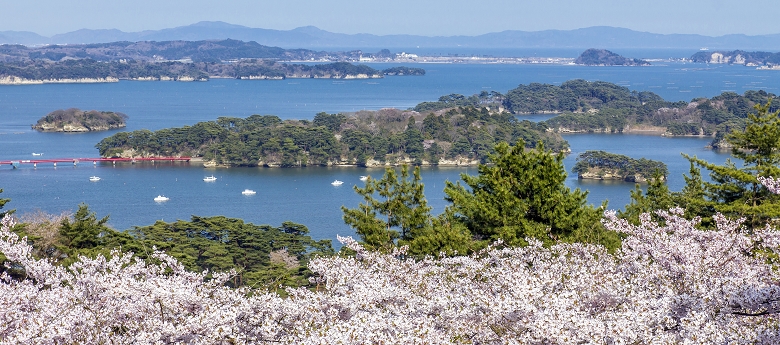
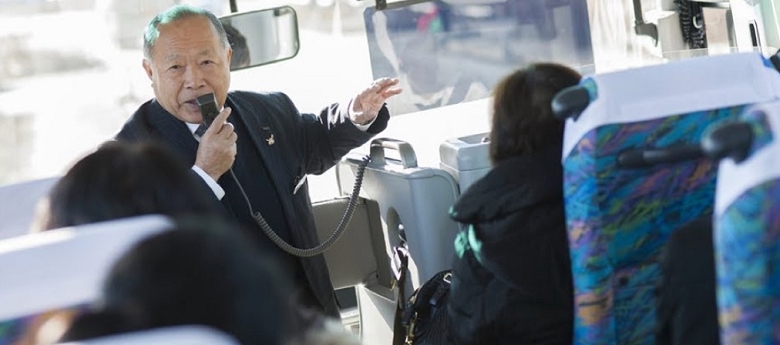

Day 04 (Fri, 20 Apr)
Minami Sanriku – Rikuzentakata
(D: Breakfast/-/Dinner)
Hotel: Capital Hotel 1,000 or similar
Rikuzentakata lies to the east of Tohoku’s Iwate prefecture, facing the Pacific Ocean. It’s long coastline offers an abundance of fresh seafood that visitors can savour in this region throughout the year. A quick online search for “Rikuzentakata” will bring up articles of the region devastated by the tsunami that followed the Great East Japan Earthquake of March 11, 2011. Now, massive rebuilding projects (even their Multi-purpose Community Hall, which was one of the 4 major rebuilding projects undertaken with donations from Singapore) symbolized by the Ippon Matsu – the town’s sole remaining pine tree – tell a Rikuzentakata Story that is not of destruction and loss but is of hope and human resilience. This is an area that has taken the more difficult and lengthy path of rebuilding but the people here have their eyes firmly on a future for their children and the generations that follow. Today, you will join the locals in our Rikuzentakata Activity that we promise is going to be as meaningful as it is enjoyable!
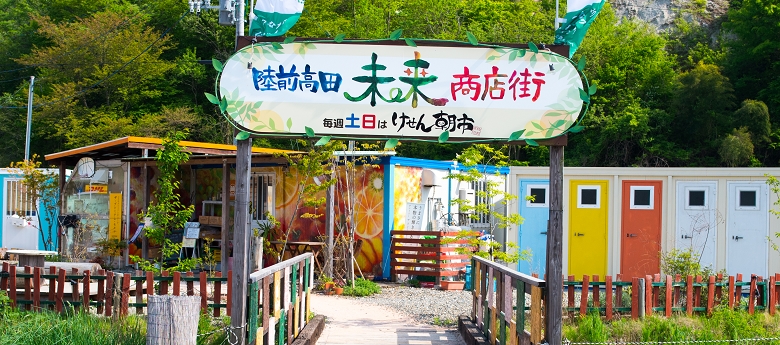
Day 05 (Sat, 21 Apr)
Rikuzentakata – Hanamaki Onsen
(D: Breakfast/-/Dinner)
Hotel: Hanamaki Onsen Kashoen (Hot Spring)
Geibikei is a 2-km gorge formed by the Satetsu River carving through the bedrock. The best way to enjoy the scenery is to take its 90-minute round-trip boat ride, passing waterfalls, impressive rocks, a limestone cave, soaring cliffs of almost 100 meters at points. Making this boat ride even more charming is the moment when your boatman starts singing the local folk song called Geibi Oiwake. Next, you will be visiting Tohoku’s first UNESCO World Heritage Site –
Hiraizumi. Established in 850, Chusonji is Hiraizumi’s most famous attraction and a visit here will bring you back to the days of Tohoku’s Golden Age. The Konjikido is quite literally the crown jewel of Chusonji and the opulence of Tohoku’s past can be seen from its hall that has been completely covered in gold leaf.
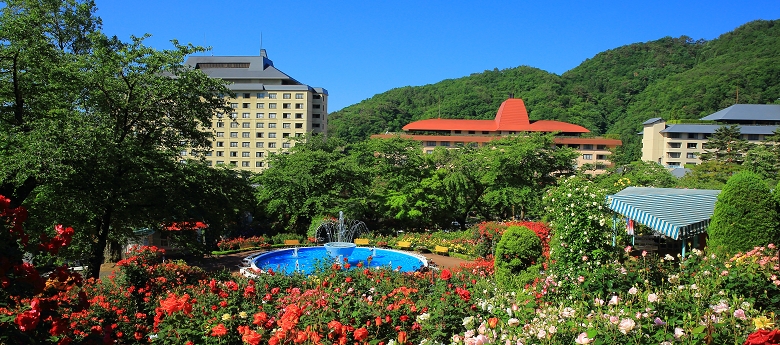
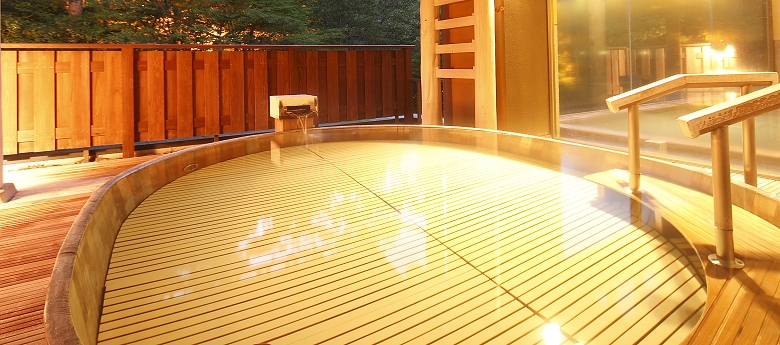
Day 06 (Sun, 22 Apr)
Hanamaki Onsen – Kakunodate
(D: Breakfast/-/Dinner)
Hotel: Kakunodate Sanso Wabizakura (Private hotspring room) or similar
When in Iwate in Spring, one of the most-visit spots has to be Tenshochi Park. Over 10,000 cherry trees line the Kitakami River forming a sakura tunnel of over 2 kilometres and earning the park a spot among Japan’s top 100 places for sakura-viewing. Many come in search of these fragile pink blossoms that sprawl over an area of 293 hectares, which is equivalent to 62 Tokyo Domes. Make sure to get your megawatt smiles ready for today! Enclosed by mountains on three sides is one of Tohoku’s most famous cherry blossom viewing spots - Kakunodate. History is almost palpable as you stroll old Samurai district with its historical buildings accented by weeping cherry trees. End your day along the River Hinokinai that runs through the town’s southern border. Such is the beauty of the cherry blossom tunnel here that the Japan government has designated this spot as a Place of Scenic Beauty. Head back to your hotel early today to make full use of your stay at Kakunodate Sanso Wabizakura. There are only 8 rooms in this exclusive luxury ryokan where you can luxuriate in the private outdoor hotspring in your room and savour local delicacies in the Japanese kaiseki dinner.
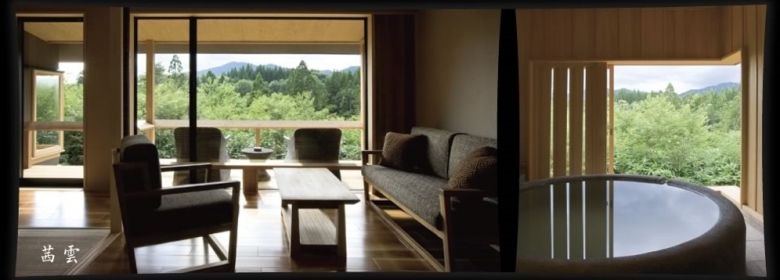
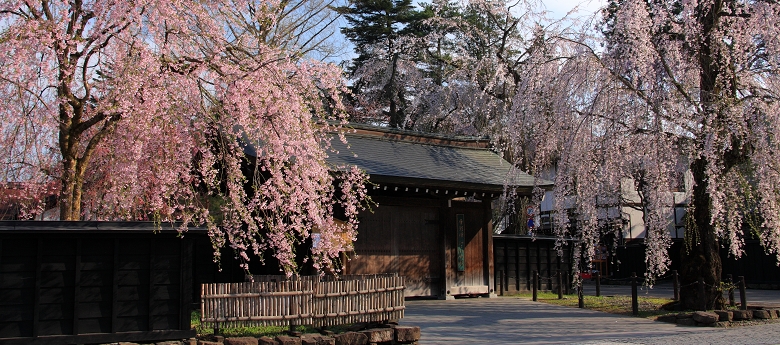
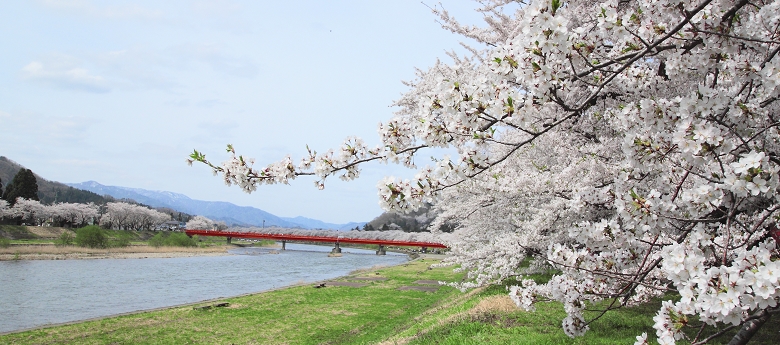
Day 07 (Mon, 23 Apr)
Kakunodate – Akita – Haneda
(D: Breakfast/-/-)
Senshu Park is one of Japan’s top 100 cherry blossom viewing spots. Aside from the 800 cherry trees that welcome the arrival of Spring with their precious pink blooms, the park is also home to the ruins of Akita Castle, a temple and a shrine. Strolling along the winding paths through these historical and natural treasures will be a wonderful way to spend the morning here. The next highlight of Akita is the Akita Citizen’s Market. This food market is a veritable “kitchen of Akita” where you can find everything from fish, meat, vegetables, fruits, mountain vegetables, to Akita-made souvenirs, clothing, and daily sundries. Providing you with the perfect wrap-up of your Tohoku trip, it has a wealth of locally-produced food and lets you experience the seasonal food and food culture of Akita up close.
(Car return at Akita Airport)
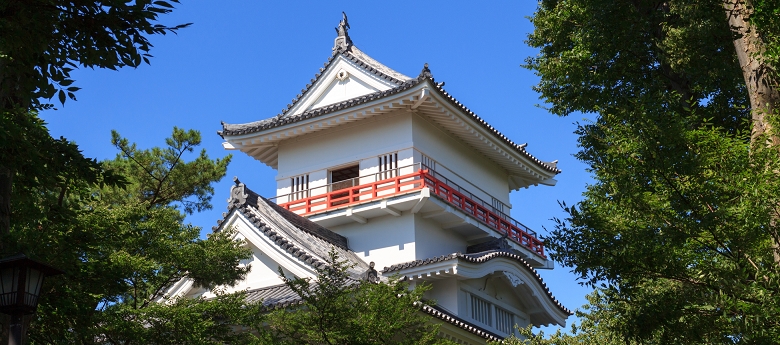
Day 08 (Tue, 24 Apr)
Haneda – Singapore
Arrival in Singapore.
DRIVE TOUR
Assemble date: 16 Apr, Mon (SO12556)
Flight schedule: (for suggestion only, not included in tour price)
16Apr JL 36 Singapore - Haneda
2150 / 0550
17Apr JL 175 Haneda - Yamagata
0810 / 0910
23Apr JL 168 Akita - Haneda
2050 / 2200
24Apr JL 35 Haneda - Singapore
0005 / 0615
1st & 2nd passenger
Vitz : Adult twin share $3,650
Corolla/Corolla Fielder : Adult twin share $3,750
New Prius*/Isis : Adult twin share $3,850
Estima/Velfire : Adult twin share $4,250
3rd & 4th passenger
(sharing same car with 1st & 2nd passenger)
Adult twin share $3,250; Adult triple share $3,150
Child twin share $3,150; Child with bed $3,050
Child no bed (age 4 & below) $1,650
Tour price includes:
Hotel accommodation as stipulated in itinerary
Meals as stipulated in itinerary
FMJ driving guidebook (1 per car)
ETC card and Japan Handphone (1 per car)
Comprehensive travel insurance
Complimentary Wi-fi router (1 per room)
Tour price excludes:
Air ticket
Airport taxes & fuel charges (Estimated, subject to change)
Parking & Entrance fees to sightseeing spots
Petrol or Oil refilling
Beverage during meals (own payment)
Corkage charge (if any)
Application fee for IDP
Visa application fee (if any)
Any other charges not stated as included
Optional Add-on:
International Sectors Airfare Adult $850; Child $640
Airport Taxes Adult $100; Child $90
Remarks:
The prices are subject to change upon fluctuations of currency exchange rates. Flight schedule and the sequence of the itinerary are subject to change with or without prior notice to ensure the smooth running of the tour.
Minimum group size to confirm tour is 10 adults/children with bed.
Child no bed will be served simple meals.
Please refer to booking form for further terms and conditions.
RELATED PACKAGES
PREARRANGED ACCOMMODATIONS

